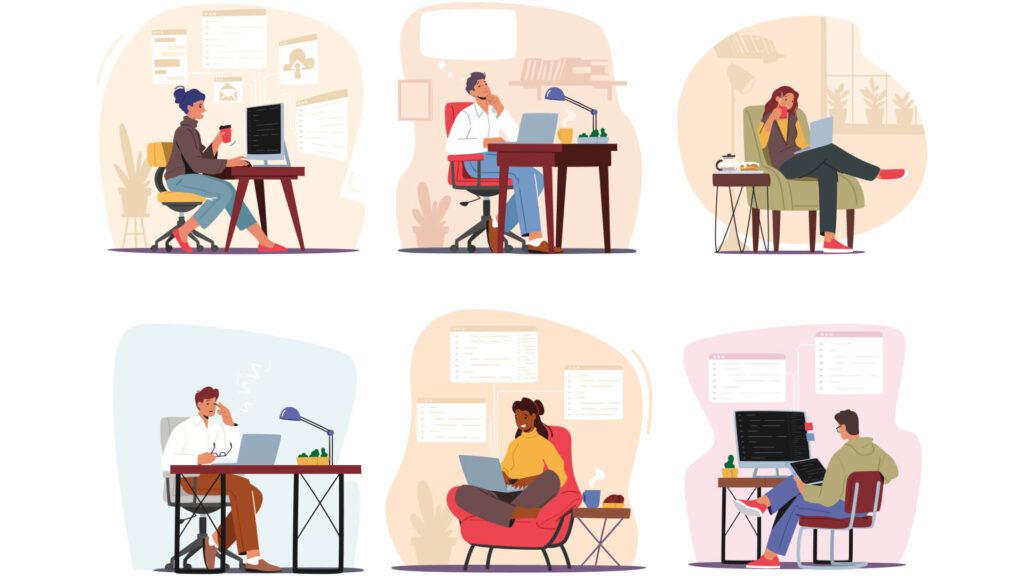The COVID-19 pandemic ushered in a new era of remote work, forcing companies worldwide to adapt to a decentralised workforce. This shift has sparked significant changes in the real estate market as employees seek more comfortable, cost-effective living arrangements outside city centres. This essay explores the influence of remote work on the housing market, the shift towards suburban living, and the implications for urban development.
The Rise of Remote Work

The adoption of remote work is a product of necessity and technological advancements. With COVID-19 lockdown measures imposed globally, businesses had to rapidly adjust, leading to a widespread acceptance of remote work. A 2020 survey by Gartner revealed that 88% of organisations worldwide made it mandatory or encouraged their employees to work from home due to the pandemic (Gartner, 2020). This rapid change has had a significant impact on employees’ residential choices, influencing housing market trends.
The Shift to Suburban Living
With the newfound flexibility in work arrangements, many employees are seeking less dense, more affordable areas, causing a boom in suburban real estate. The US Census Bureau reported a 2.2% growth in suburban and small metro counties in 2020, the highest since 2006 (US Census Bureau, 2021). This shift is attributed to several factors: reduced commuting concerns, the need for more living space, and the desire for outdoor amenities, which suburbs typically offer.
Implications for the Housing Market
The surge in demand for suburban homes is dramatically reshaping the housing market. Home values in these areas have soared, with Zillow reporting a 9.2% year-over-year rise in home values in predominantly suburban zip codes in the US in 2020 (Zillow, 2021). However, this trend also amplifies affordability issues, potentially locking out first-time homebuyers and exacerbating socio-economic disparities.
Impact on Urban Centres
Urban centres, traditionally appealing due to their proximity to workplaces, are witnessing a decline in rental demand and property values. However, some experts view this as a temporary dip and foresee a rebound post-pandemic as vaccines become more widely available and city life regains its allure (The Economist, 2021). This urban-suburban dichotomy presents a fascinating dynamic in the evolution of our living spaces in response to the remote work revolution.
Future Outlook: The Hybrid Model and Real Estate

As companies explore a hybrid model combining remote and on-site work, the future of the housing market remains uncertain. The desire for better work-life balance might continue to drive demand for suburban homes, while the appeal of social amenities might boost urban living once the pandemic recedes. Ultimately, the capacity to adapt to these changes will determine the future trajectory of the housing market.
Conclusion
In conclusion, the rise of remote work is significantly influencing the housing market and driving a shift towards suburban living. However, the dynamic nature of the pandemic and the evolving workplace models create an unpredictable environment for housing trends. The resilience of the real estate sector in this unprecedented era will hinge on its ability to anticipate and adapt to these emerging trends.
References:
- Gartner (2020). Gartner HR Survey Reveals 88% of Organizations Have Encouraged or Required Employees to Work From Home Due to Coronavirus. Gartner.
- US Census Bureau (2021). Suburban and Small Metro Counties Led 2020 Population Growth, Census Bureau Reports. US Census Bureau.
- Zillow (2021). 2021 Zillow Home Value Index. Zillow.
- The Economist (2021). The Future of Cities After the Pandemic. The Economist.




